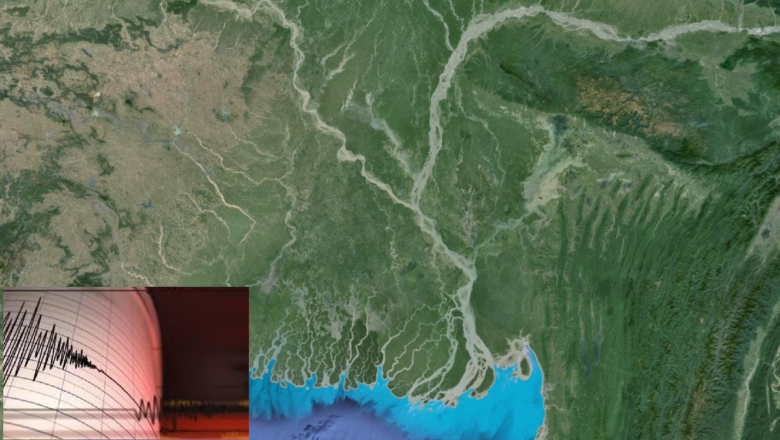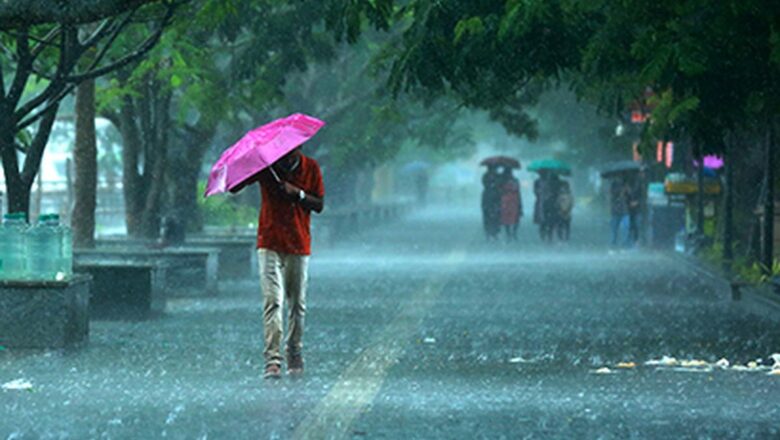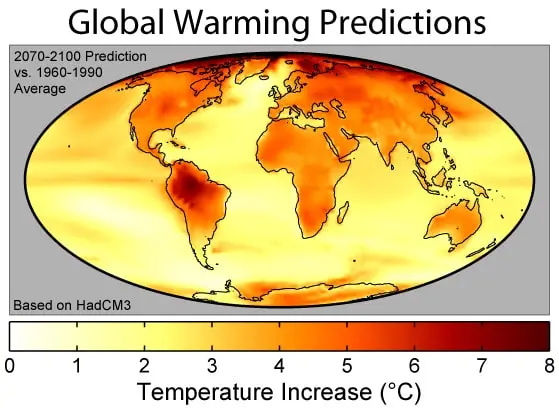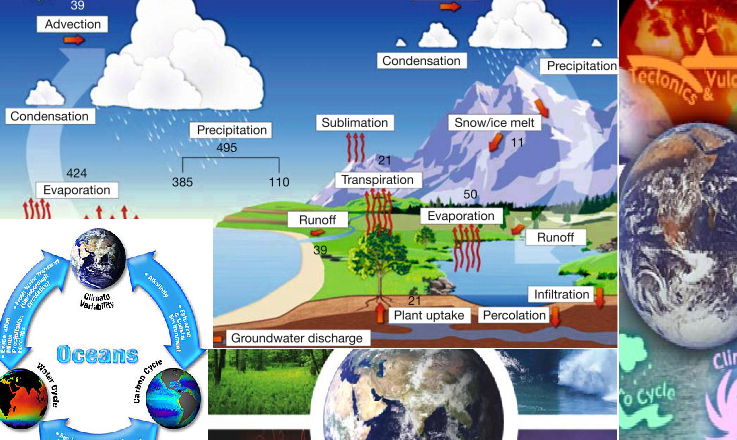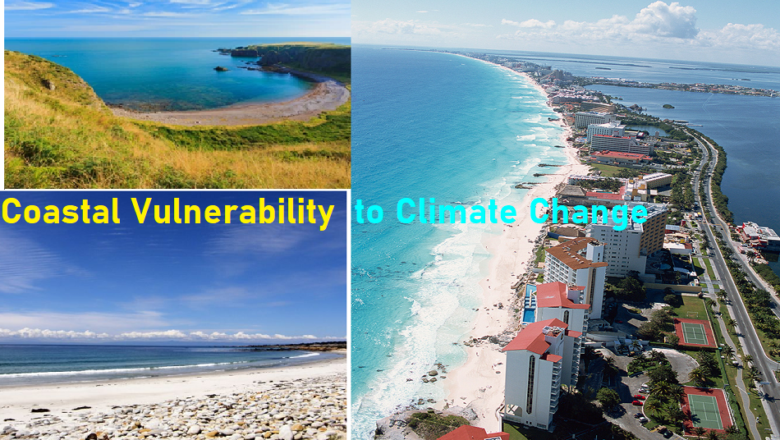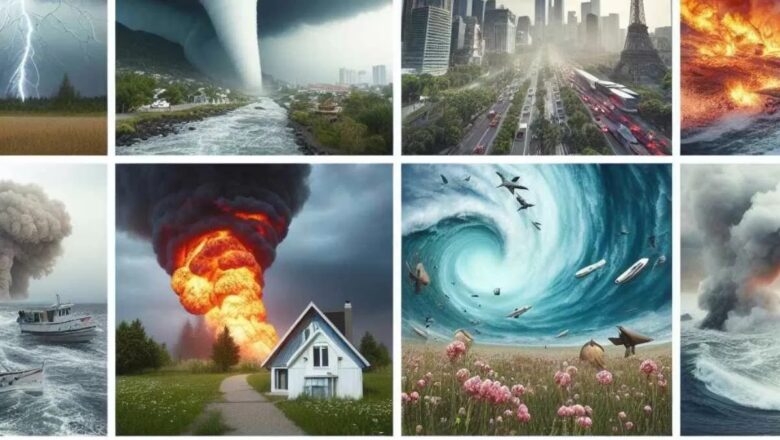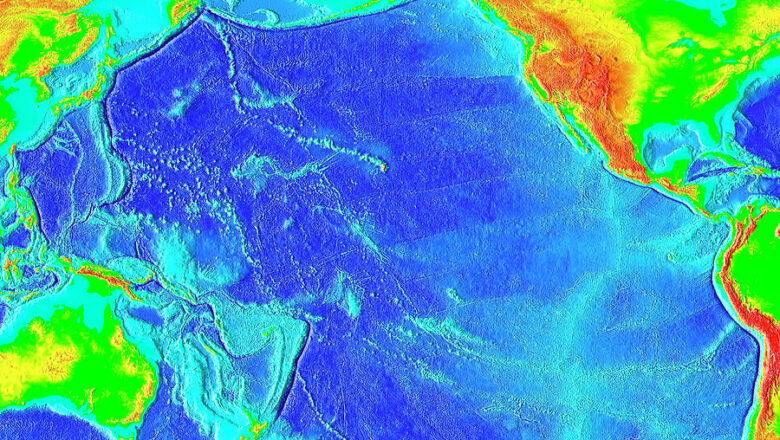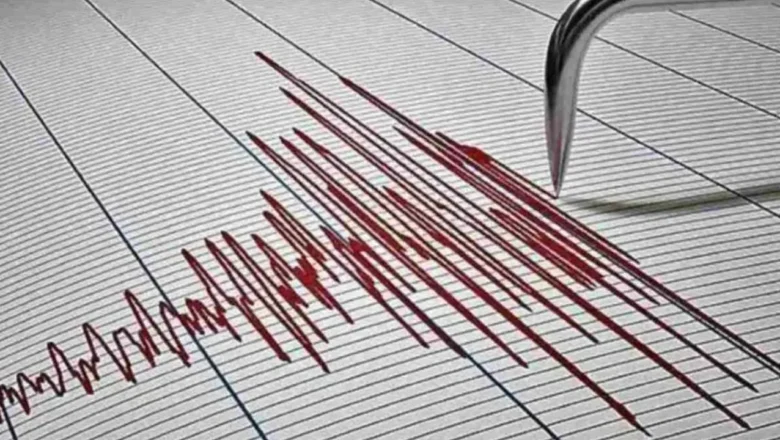
Nankai Subduction Zone’s Magnitude 7.1 Earthquake: Potential Implications and Advisory Measures
On August 8, 2024, a magnitude 7.1 earthquake struck approximately five to ten kilometers off the shores of Miyazaki, a city on Japan's southern island, Kyushu. The earthquake, which occurred at a depth of 25 kilometers, is believed to have originated from the Nankai Trough subduction zone interface. Although the region is no stranger to seismic activity, the recent event has raised concerns about the possibility of a larger megathrust earthquake.
Context and Historical Seismic Activity
The Nankai subduction zone is notorious for producing massive earthquakes, with magnitudes ranging from 8 to 9, occurring approximately every 100 to 200 years. However, the recent magnitude 7.1 shock occurred in a zone characterized by repeating magnitude ~7 earthquakes every 25 to 30 years, typically...

